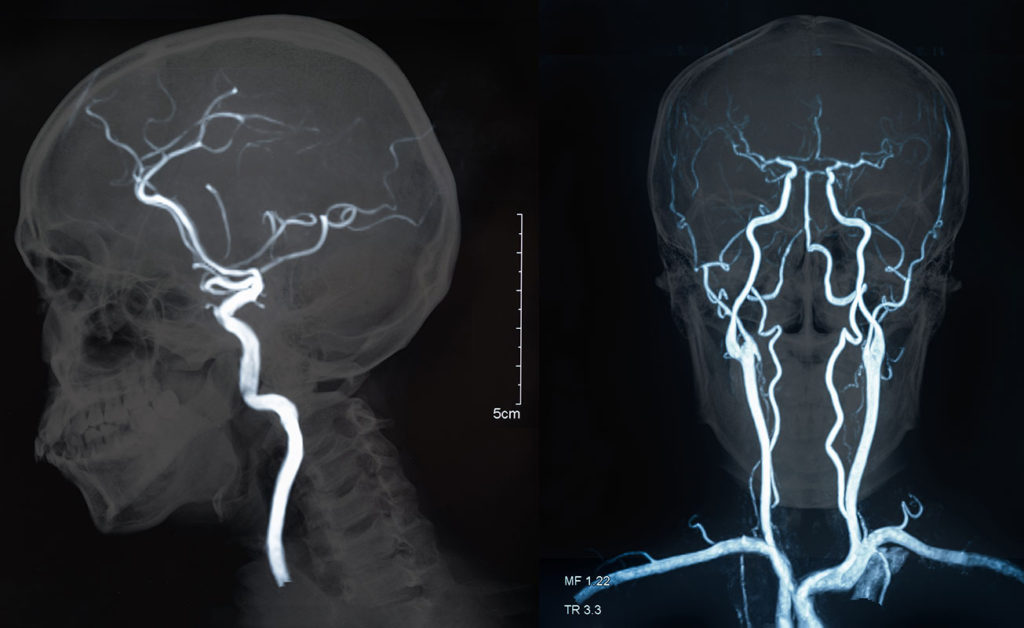Rural stroke survival rates worse, partly because rural hospitals don’t quickly transfer patients to bigger hospitals

Pictured is an MRI of blood vessels in the brain. (Washington University)
—–
Rural stroke patients have less access to newer treatments and substantially higher mortality rates than their urban counterparts, according to a newly published study in the journal Stroke.
Researchers from the Washington University School of Medicine in St. Louis examined records for more than 790,000 patients who had suffered strokes from 2012 to 2017. The study is the first of its kind to study a nationwide rural-urban cohort after modern stroke care treatments became available. Past studies have focused on single medical centers or individual states, or were conducted before modern stroke care was available.
The researchers found that the more rural the hospital, the higher the mortality rate, with patients in the most rural areas facing a 27% mortality rate. They also found that more rural patients were less likely to get either of two advanced stroke treatments.
It’s unrealistic to expect small, rural hospitals to be able to perform advanced, specialized procedures, senior author Karen Joynt Maddox, MD, an assistant professor of medicine, said in a press release. But such hospitals must recognize when patients need more advanced treatment and transfer them quickly, and health systems don’t have consistent, widespread procedures in place to do so.
“Our data suggest rural patients are missing out on access to more advanced stroke therapies and that action is needed to address these disparities and ensure that people can get the care they need, no matter where they live,” said Joynt Maddox. “In this day and age, it’s unacceptable that people don’t have access to advanced care. But since stroke therapy is complex, solutions are not going to be one-size-fits-all. We need to think fundamentally differently about how we deliver stroke care in rural areas to begin reducing these disparities.”